A garden can be a safe, comfortable and fun space for pets as well as an attractive environment for people. When working with a landscape professional, ask them to design and care for your garden with your pet in mind. Do you have an escape artist dog, a rambunctious cat or an elderly animal peacefully living out their golden years? Here are some things you should consider.The most basic needs for outdoor pets are adequate fencing, shelter from the elements, clean fresh water, enough space to move about, and a place to ‘do their business.’ A yard with a good balance of sun and shade, trees, shrubs, paths and paved spaces, will be comfortable for both you and your pet, so plan with those elements in mind.
Petscaping for Dogs

Dog Friendly Garden by Julie Orr Design
Many dogs have strong protector instincts, and want to patrol the perimeter of your yard. Planting shrubs and trees several feet away from fences and keeping them pruned up from the ground will allow him damage-free access. The spaces under the shrubs will also make natural lounging spots. A thick layer of soft wood-chip mulch will create a natural bed. You may choose a distant corner as a place to go when it’s ‘business time.’
If your pooch is a digger who longs for freedom, you may wish to install a low concrete barrier under your fences. As an additional precaution, especially if you live on a busy street, consider a double entry system with auto-closers at the outer gate. In case one gate is left open, the other acts as a fail-safe. The enclosed area can be a utility area, dog bathing station or even a temporary kennel as necessary. If your utilities can be located in this dog-free zone, your meter-reader will thank you.
If you have very big or rambunctious dog and wish to protect your new landscape, it is good to have a dedicated dog area. Side yards make natural dog runs, but for a happier pooch, consider extending it out into the living area so the dog can still be part of the family. There should be shade, a faucet & hose to keep water bowls fresh, and a foot-friendly clean surface such as cedar mulch (repels fleas too) or pea gravel installed with drain rock underneath for easy cleanups and spray downs. If you don’t choose to have a dog run, you may want to consider temporary wire cages around any susceptible plants until they are settled in.
Petscaping for Cats

Cat Friendly Backyard in San Jose
For cats consider the same basic elements on a somewhat smaller scale. Their habits are different from their doggie counterparts. Whereas dogs prefer to be a part of the action most of the time, cats are content to be on their own for hours and will let you know when they are in need of your company. Low shrubs and grasses that they can lounge under are perfect. Another cat favorite is to roll in dry, warm areas like pavers, flagstone, or even better, gravel or gold fines. Always protect your kitty from dangers of the road, cat fights and other animals. Use a cat enclosure in the garden or simply keep your cat indoors- my cat has live happily for 17 years indoors.
If your cat’s middle name isn’t bird killer, a pondless ceramic fountain can provide hours of entertainment with visiting insects and birds while also supplying fresh, moving water to your feline. Be sure to always add fresh water either manually or via your irrigation system and never add chlorine.
Pondless Water Feature
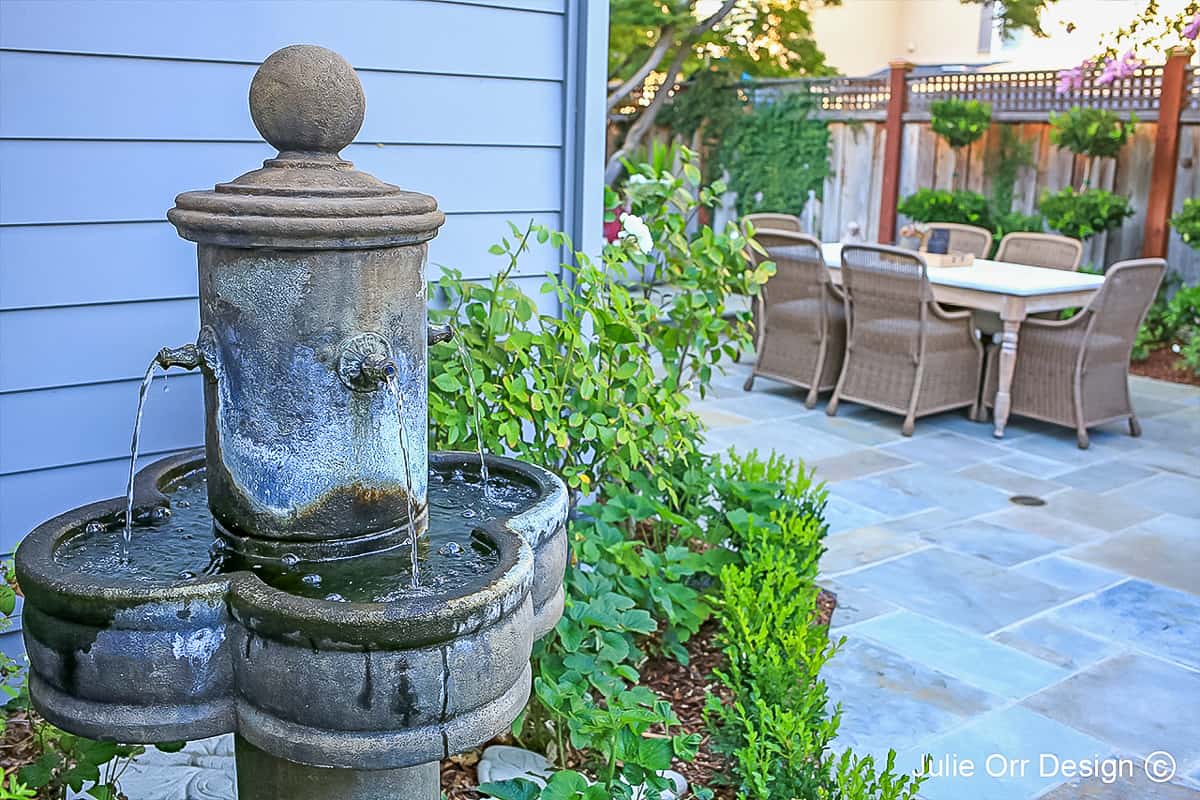
Although none of us want to think about our pet getting old, it’s good to remember that aging pets may develop special needs. My vet once told me that pets age like humans do. We both start to lose muscle mass, skin starts to sag, and joints begin to hurt. As pets get older, they also tend to become less mobile. Consider the future possibility of needing smooth walking surfaces and wide corners for dog-karts (wheelchairs) and ramps or steps for cats that can no longer leap to their destinations.
The largest request I get from clients is to create a safe, non-toxic environment for their family, their pets and their guests. Since your pets feet aren’t protected with shoes while in the garden (and they lick their feet), specify plants that need little to no fertilizer or pesticide. If you must use, try an organic fertilizer and spray irrigate immediately after application to dissolve completely. For pesky weeds, remove manually and try to prevent them from seeding in the first place with non-toxic weed abatement made from corn meal or a natural smothering method called sheet mulching.
Consider pet-friendly plants in your landscape by avoiding thorny, spiny, sappy and toxic plants that can be harmful to your pet. For an extensive list of toxic plants for dogs and cats visit: http://aspca.org/pet-care/poison-control/plants/. Besides rhododendrons, other common plants that can be toxic, and even deadly to pets are: azaleas, cycad palms, oleander, foxglove, lily of the valley and castor bean. Many pets investigate by tasting, so never assume that your pet won’t eat a new plant introduced to the landscape or home. If your pet has eaten a plant that may be toxic, don’t waste time trying to induce vomiting, call a veterinary immediately.
Hardy and useful plants for dogs and cats include bunch grasses and sedges. A cat favorite is Carex divulsa, Berkeley Sedge, a perfect grass to hide behind, sleep on top of and to pounce on.

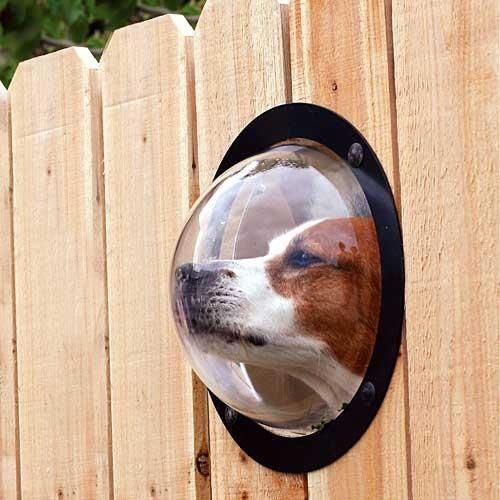
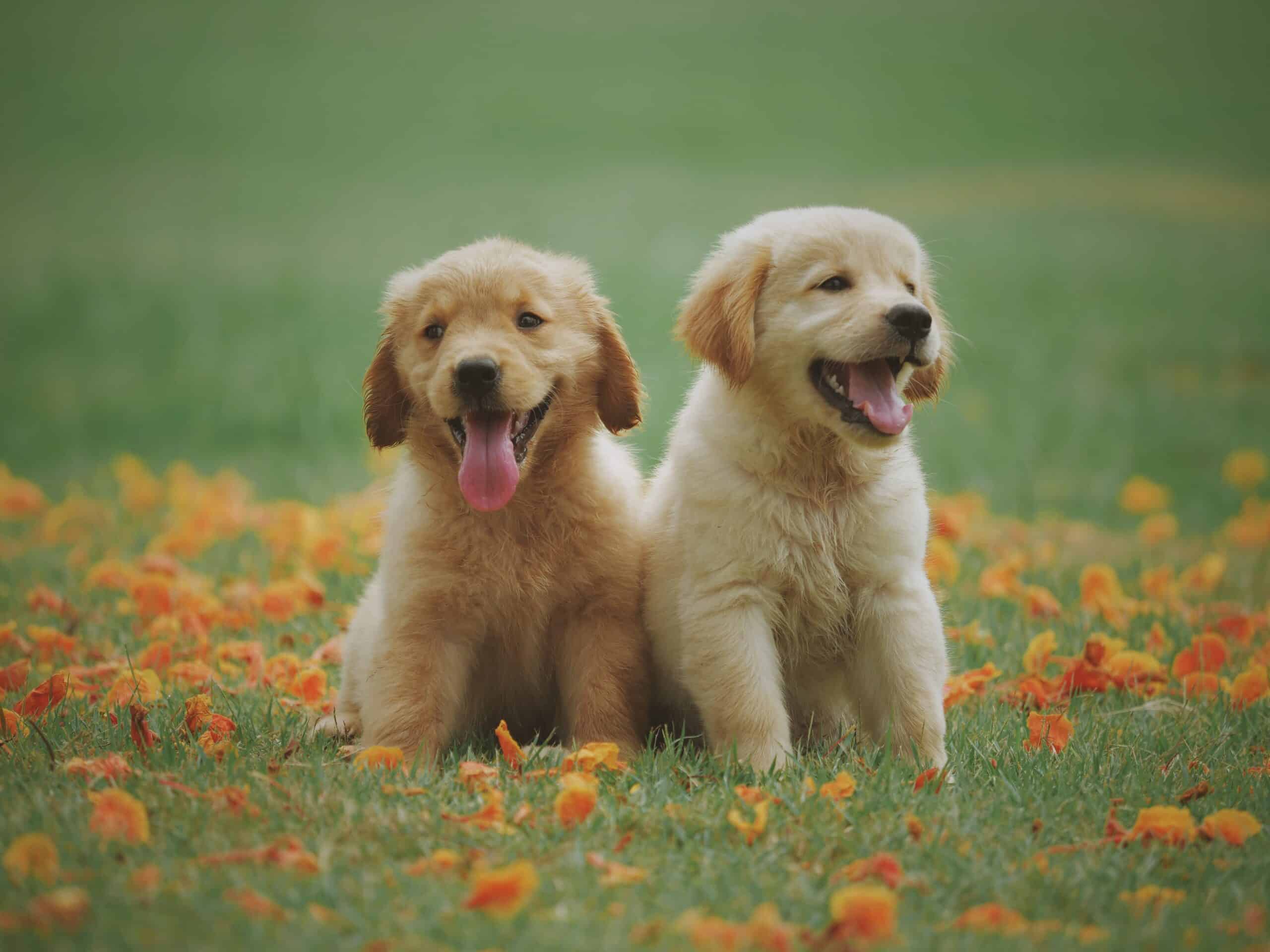
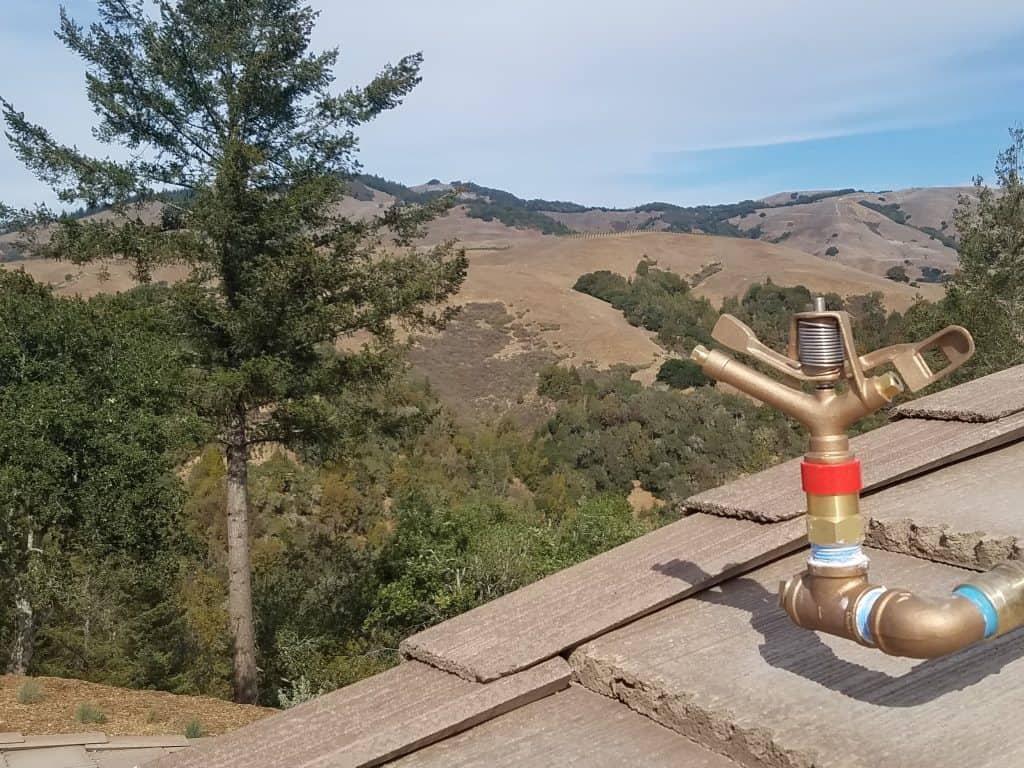
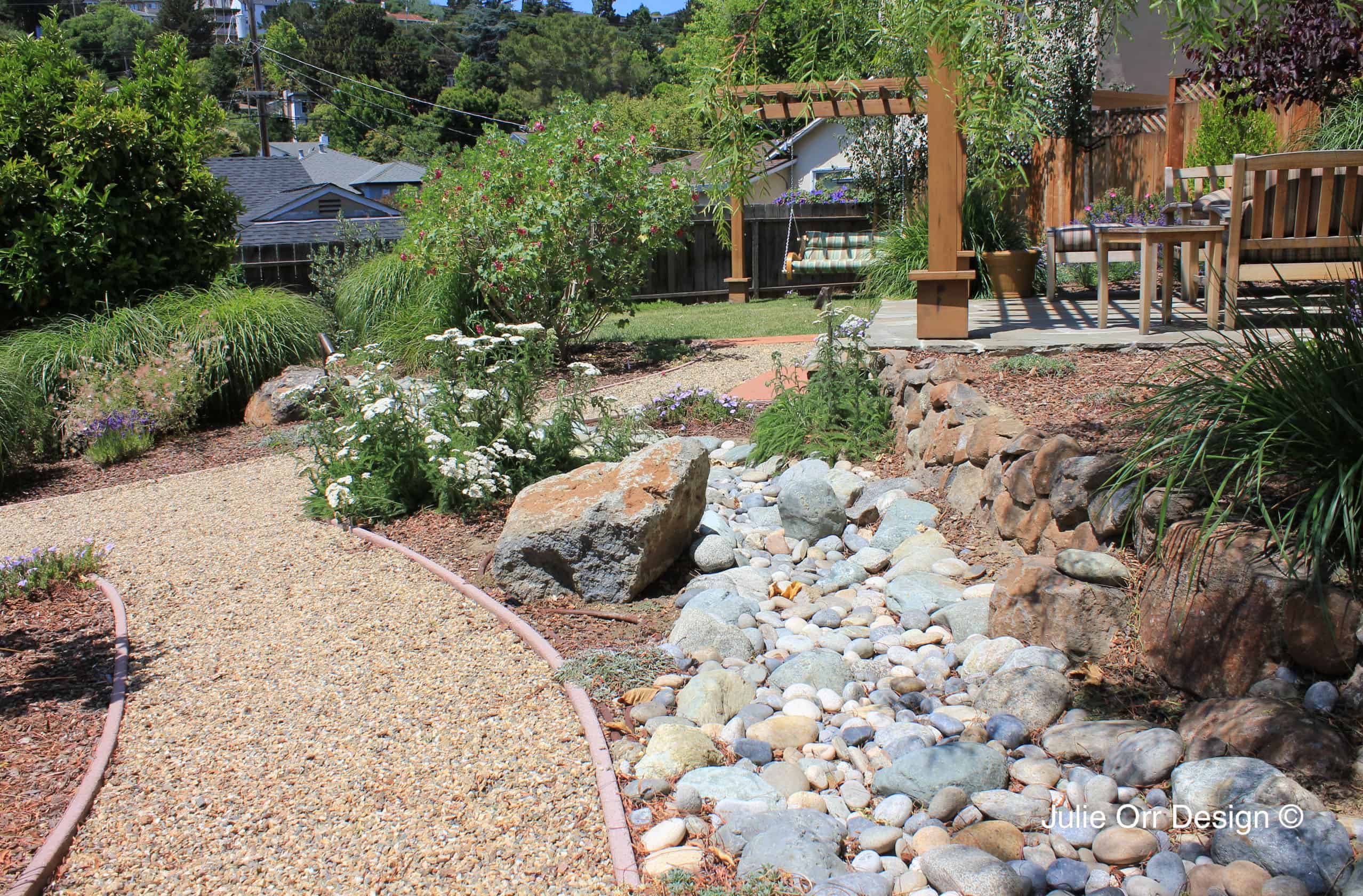
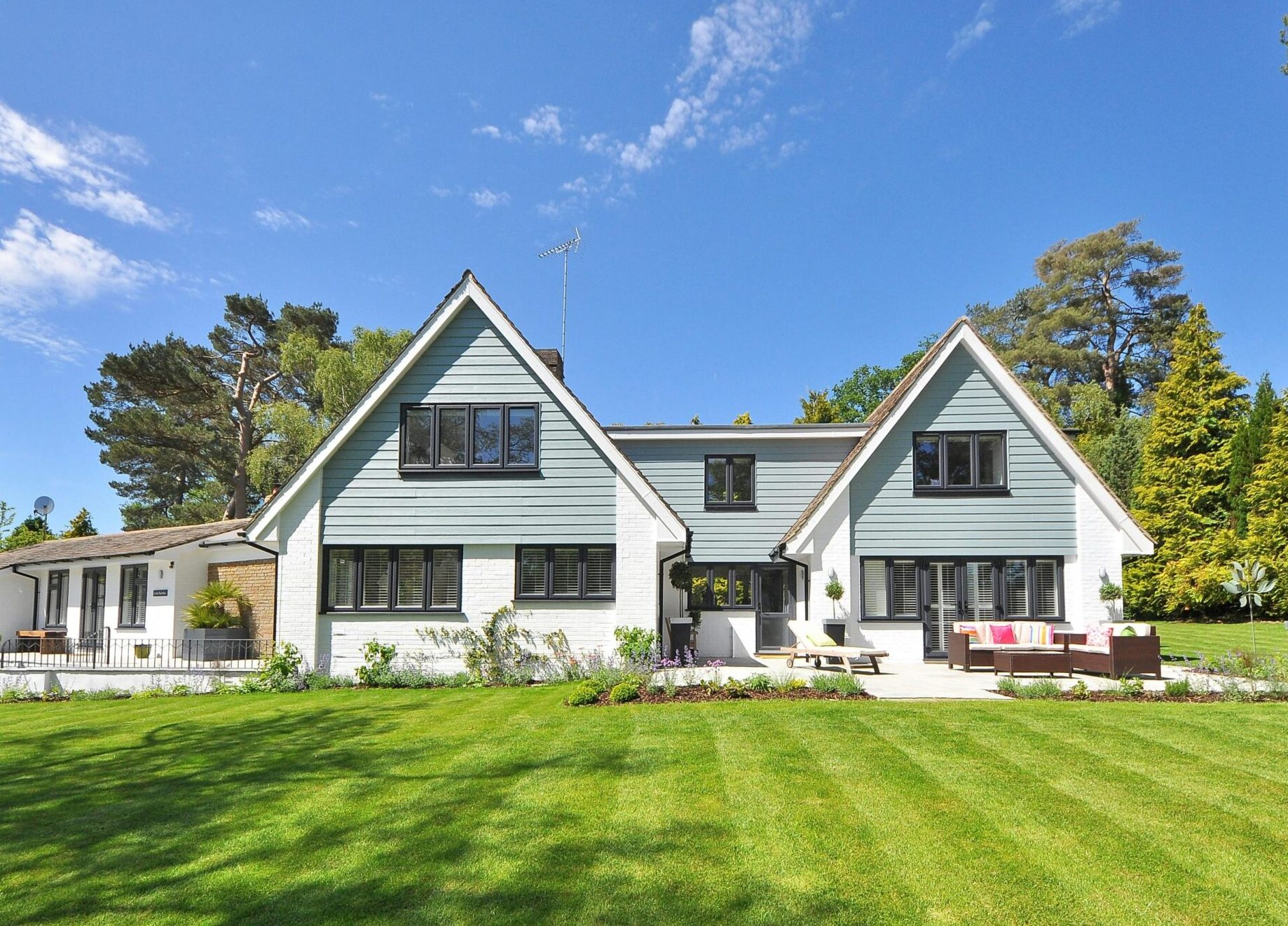
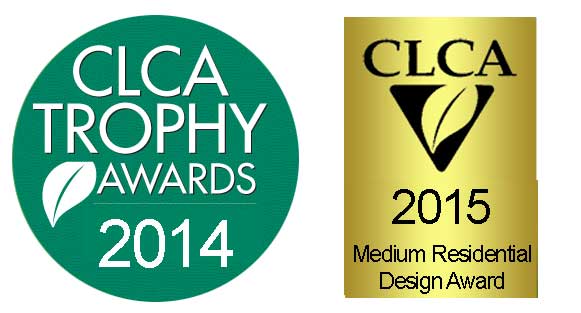

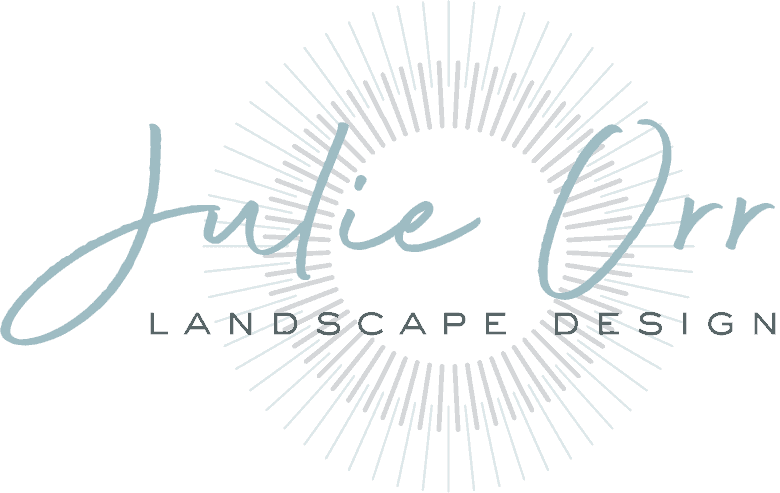
[…] This post was Twitted by JulieOrrDesign […]
Great article – especially because it handles cats. I often just focus on the dogs of my clients – now I know better. For dogs I use the following two ‘features’:
1. I look for their paths (the ones they created by running along the same route every hour or so) and make them into real garden paths were possible.
2. I add a ‘lookout boulder’ if the dog likes this – some really get a kick out of sitting higher up and taking control 🙂
[…] Petscaping for Dogs and Cats by Julie Orr, a Bay area (California) designer […]